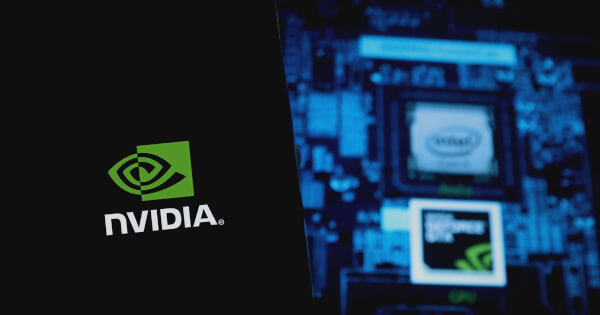Joerg Hiller
Feb 24, 2025 15:21
NVIDIA introduces MV-HEVC in Video Codec SDK 13.0, optimizing 3D video compression and offering significant bitrate savings. Discover its applications in AR/VR and 3D movies.
NVIDIA has unveiled a significant upgrade to its Video Codec SDK with the introduction of Multi-View High Efficiency Video Coding (MV-HEVC) in version 13.0. This advancement is set to revolutionize hardware-accelerated video compression by enhancing efficiency and quality for stereoscopic and 3D video applications, according to NVIDIA.
Understanding MV-HEVC
MV-HEVC is an extension of the HEVC standard, designed to compress multiple video views of the same scene captured from various angles. It surpasses traditional methods like simulcast encoding, which often results in higher bitrates and inefficient inter-view prediction.
Features of NVIDIA Video Codec SDK 13.0
The MV-HEVC implementation in this SDK version includes:
- Support for two views
- 8-bit and 10-bit 4:2:0 color sampling
- Lookahead functionality
- Delta-QP support
- Separate bitrate allocation for secondary views
These features offer flexible options for encoding multi-view content while maintaining high quality and efficiency.
Technical Implementation
To achieve superior compression, MV-HEVC employs advanced techniques such as:
- Inter-view prediction: Maximizes compression by reusing data from different views.
- Coding tools: Utilizes motion-compensated prediction and disparity estimation.
- Scalability: Includes a base layer for backward compatibility and enhancement layers for improved quality.
- Bitrate allocation: Allows separate allocation for secondary views, enabling developers to fine-tune quality.
Quality Gains and Applications
The integration of MV-HEVC offers substantial quality improvements, with up to 27% bitrate savings compared to simulcast encoding. This feature is particularly beneficial for applications such as 3D movies, AR/VR environments, spatial videos, and automotive multi-camera processing.
Real-world Applications
MV-HEVC’s efficiency is advantageous for several real-world applications:
- 3D movies: Enhances the viewing experience by efficiently distributing bits between left and right-eye views.
- AR/VR: Facilitates the creation of immersive environments with reduced data requirements.
- Spatial video: Supports cutting-edge technologies in capturing and viewing 3D videos using advanced devices.
- Automotive: Aids in processing and compressing multi-camera views for tasks like object detection.
Backward Compatibility
NVIDIA ensures backward compatibility by supporting two views with identical GOP structures, optimizing synchronization and seamless navigation within video content. This foundation is adaptable for future expansions to accommodate more complex multi-view applications.
Conclusion
The integration of MV-HEVC in NVIDIA Video Codec SDK 13.0 marks a pivotal advancement in multi-view video coding. With impressive bitrate savings and no performance overhead, this update empowers developers to enhance stereoscopic and 3D video experiences significantly.
Image source: Shutterstock














